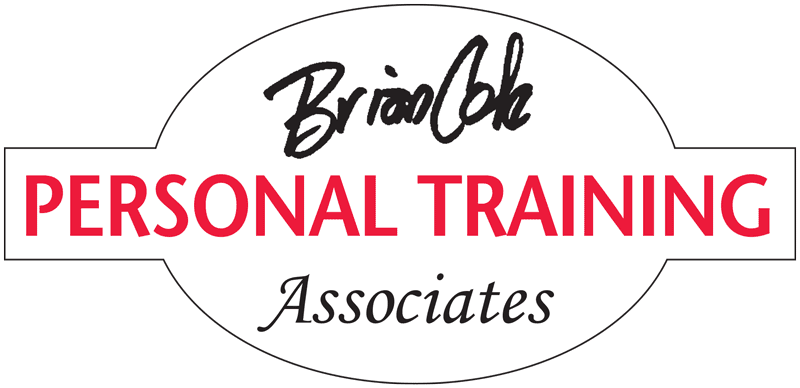I’ve not been able just to ignore it and let it go.
A few months ago, in a respectable publication, a full page advertisement read: “The 33 bones in your back support your entire weight.”
No, they don’t.
And this statement was written by folks who know better. I’m not going to say who they were or what they were selling, because I’m not trying to start a feud with a more powerful opponent.
I’m just clarifying.
The 33 bones in your back, like all the 206 bones in your body, are supported by more than 600 muscles. Muscles support bones. Muscles support our weight. Period.
So if your back is “complaining,” as the ad went on to suggest, there’s a real good chance it’s your muscular system. And all by yourself there is plenty you can try to do about it before you even consider more drastic, invasive and expensive procedures.
Now let’s talk about what you can do. Want your back to feel better even before you finish reading this column? Of course you do.
So, put your back against a wall, heels an inch or two out, your glutes (butt) and your shoulder blades touching the wall, don’t tilt your chin up but raise the crown of your head toward the ceiling as if you’re standing as tall as possible. Hold that position, take a deep breath, exhale and relax while still staying tall. Your back feels better, doesn’t it? Why? Just because you found better posture and your body likes it. (You look better too.)
The next problem to address is why you aren’t able to stay like that. Two reasons. Both within your capacity to improve.
First, your deep postural muscles haven’t been trained/strengthened to hold you in good posture. They tire. These are mostly muscles you can’t see. Not your surface “mirror muscles.” Your core. Your foundation. Without them developed, you have a weak base to support your movements or to even maintain good posture.
Second, after you’ve strengthened these muscles and therefore have the prerequisites, you’ll need to add conscious effort. You have to break some longtime poor postural habits.
This is all doable. We see people every day who make these changes. It isn’t grueling. It’s the opposite of painful. You feel better.
What else can you do? Learn how to safely isolate and strengthen your lumbar paraspinal (low back) muscles. We’re always told to lift with our legs not with our backs. That’s good advice when we can, but life says that’s not realistic. Try to get golf clubs out of the trunk, or groceries off the back seat, or a baby out of a crib—we can’t always lift with our legs.
The low back has a lot to do everyday; those muscles should be strong. But what is the conventional wisdom when a weak low back aches? Strengthen our abdominals for support, make sure our hamstrings are not too tight and keep our back muscles flexible. That’s not bad advice, but the low back is the only area of the body where the supposed remedy for weakness is found by only addressing other areas. Do those three things, but if the low back is still weak it will still cause problems until it’s strengthened.
My overview point is: Until we accept individual responsibility for our health and do all we can to improve, we’ll spend more and more on our health care because there are plenty of folks who want you to think you need them to fix your problems. Often we do. I’m not saying we can control everything that can happen to us. I am saying we should first do all we can to protect ourselves, to prevent and even reverse our individual health challenges.

